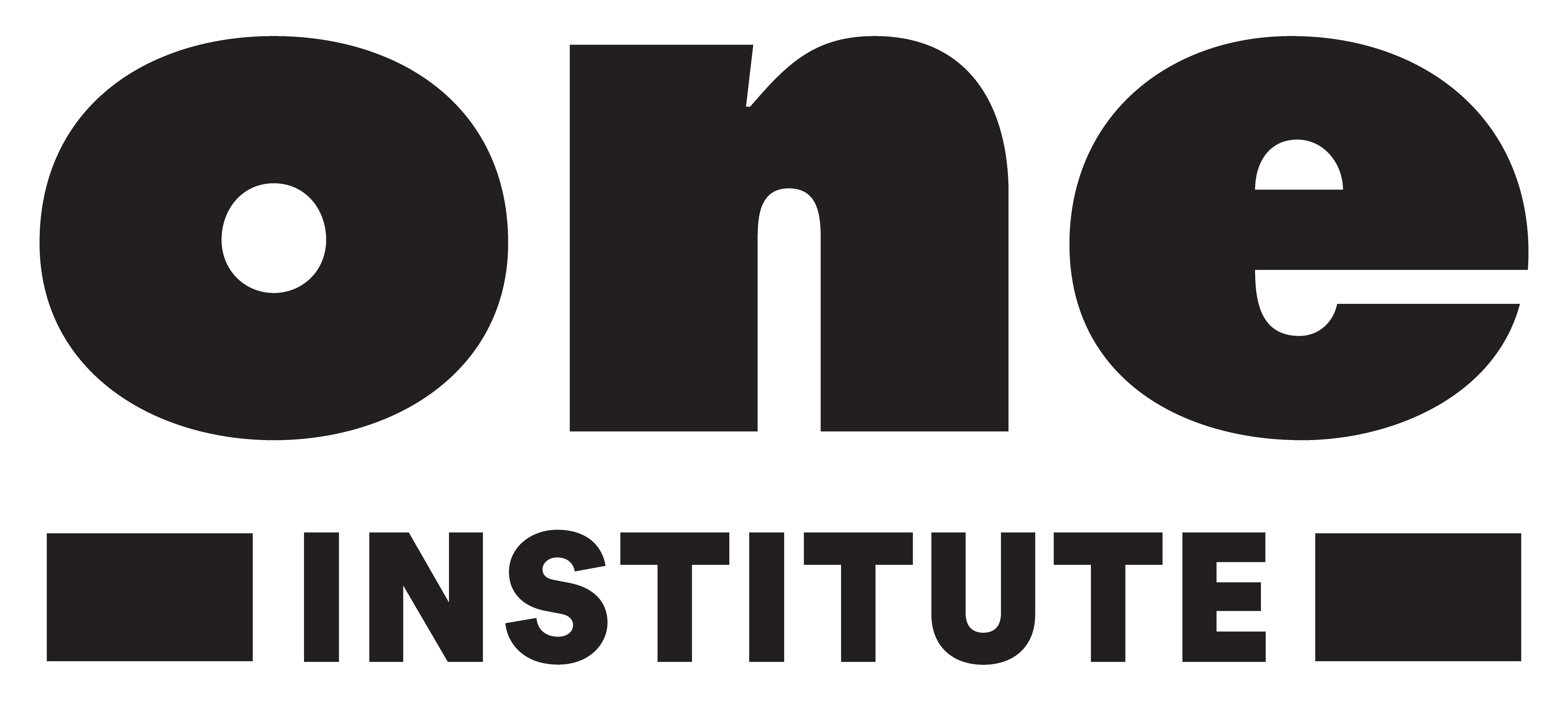To Be Seen: Transsexuals and the Gender Clinics
This article is authored by Emmett Harsin Drager, from the 2019-20 cohort of the LGBTQ Research Fellowship program at the One Institute.
I spent the month of May, 2019 in the ONE Archives in Los Angeles sifting through the Reed Erickson Papers. This research is part of my larger dissertation project, To Be Seen: Transsexuals and the Gender Clinics, about the history of trans therapeutics in the United States in the mid-to-late-nineteenth century. Reed Erickson is a central figure in this history because of the work of the Erickson Education Foundation (EEF), which provided research funding for doctors, disseminated resources to transsexuals across the country, and strategically interfaced with various media outlets to generate popular writing about trans people. What follows are some reflections on Erickson’s unruly archive and what it can teach us more broadly about trans history projects.
Trans history, as a field, must always contend with the limitations and complications that come when we attempt to apply contemporary identity categories to figures in the past. We approach such a project armed with an array of analytical tools and concepts (e.g. the very category of gender) that are insufficient for understanding trans pasts. We parse historical figures into contemporary identity categories like kids choosing teams in a gym class. For many of us, this image of gym class brings up a visceral feeling of exclusion. The agony of being the last kid remaining—waiting for a team, waiting to be wanted. I wonder, on the field of trans history, who have we left standing on the fence, waiting to hear their name called?
These unchosen historical figures are the ones that interest me most for the kinds of disappointment, disillusionment, and disdain that they produce in the twenty-first century trans historian. They did not throw a brick at Stonewall. They did not march in the early Pride parades. They are the rejects and misfits, the not-quite-radical enough, the ones who have gone off the rails, or perhaps the ones who went stealth and left no rails for us to follow. I find this affective friction, the rub between imperfect trans pasts and the aspirations of contemporary trans scholars to find perfect archival figures, to be a useful terrain for critical historical inquiry.
While Erickson is not one of the forgotten ones, trans history still struggles with what exactly to do with him. How do we make sense of the shift from his commitment to advancing sex reassignment surgery to his later belief that no hormones or surgery were necessary to achieve perfect transsexual embodiment?[1] What explanation do we craft for his shift of financial support away from trans medicine and towards pro-life and religious organizations?[2] Scholarship on Reed Erickson and the EEF has generally chosen to ignore this part of his life. We have chosen him for our team, but only if he meets certain conditions (anyone who has gone to middle school knows what this is like). His later years are reduced to speculative insanity, the unfortunate result of his love for illicit substances. We simply do not know how to reconcile his theory of transsexual resurrection with the larger political project of insisting on our absolute sanity.[3]
This idea of reconciliation, of making space for all of Erickson without having to disregard or pathologize parts of him was a reoccurring theme of my time in the ONE Archives. I became acutely aware of the fact that the tools of historical analysis I was bringing to the archive were insufficient for understanding a life like Erickson’s. I want to take seriously Erickson’s belief that one can transfigure their own body through acts of love and grace. As a trans historian of trans, my life is entangled with the work I do. To provide Erickson, in all of his complexities and contradictions with a kind of historical grace, is to also find ways of allowing myself (and others) this same freedom from perfection.
Image Credits
Top image: Reed Erickson Papers, Box 2, Folder 3: Manuscripts, circa 1970-1979.
Footnotes
[1] Reed Erickson Papers, Box 2, Folder 3: Manuscripts, circa 1970-1979
[2] Reed Erickson Papers, Box 7, Folder 5: Donations, 1980-1983
[3] For more on this topic see the work of Abram J. Lewis, a former ONE Archives LGBTQ fellowship recipient
Emmett Harsin Drager is a doctoral candidate in the Department of American Studies and Ethnicity at the University of Southern California. Their dissertation, “To Be Seen: Transsexuals and the Gender Clinics,” focuses on the trajectory of trans therapeutics in the United States in the twentieth century. In addition to the One Institute, Emmett’s research has been supported by the UCLA Special Collections James and Sylvia Thayer Short-Term Research Fellowship. Their writing can be found in TSQ: Transgender Studies Quarterly. Emmett currently lives in Denver, Colorado.



